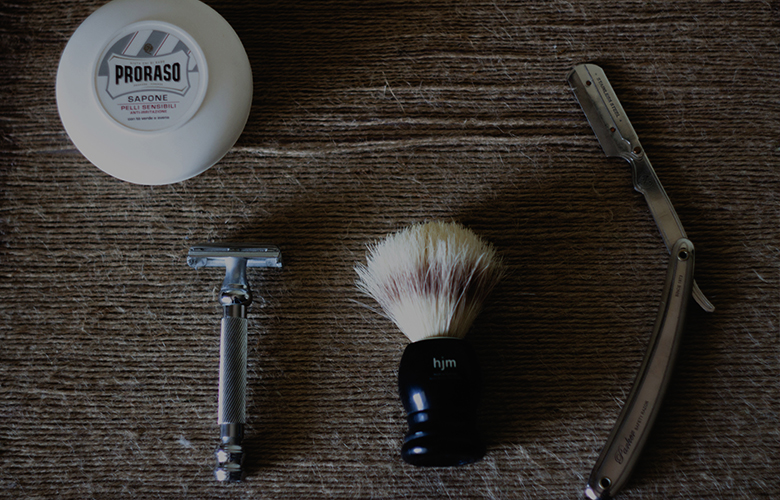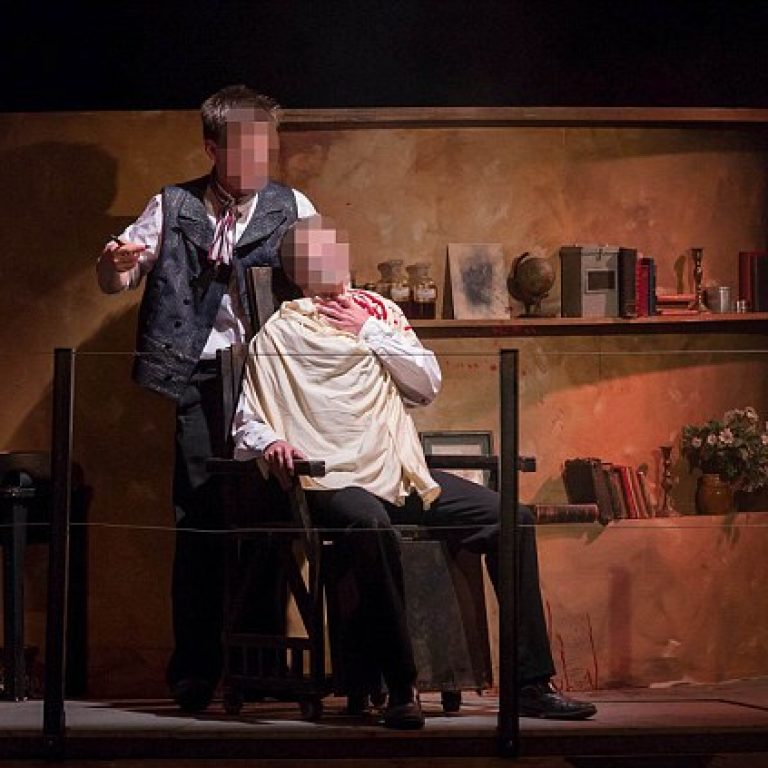
Once again, social media has been bombarded with tales of St Kentigern College in the suburbs of Auckland and its horrific production of Sweeney Todd, Jr., where two students were severely injured by a real straight razor during the show. The rehash of the news is due to the publication of the New Zealand WorkSafe incident report on the April 2016 event.
For those in the United States, it’s worth noting that the word College doesn’t mean University outside of the United States. Saint Kentigern College is a private prep school, and the students performing in the production of Sweeney Todd are in years 12 and 13 (16-18 years old).
The WorkSafe report was quite revealing, intimating some gruesome details of the onstage injury, including:
Further investigation of the matter has revealed some truly telling aspects of this story:
While the topic is fresh on our minds, let’s ask the question that needs to be answered:
What does it take to prevent injuries like this from happening on any stage and, more specifically — on YOUR stage? Surely, you have no interest in being the next WorkSafe or OSHA investigation. Yet we constantly undermine our own success by allowing actions that are questionable or shortcuts simply because someone (a Technical Director, Director, Producer, Actor) suggests that we could. As the saying goes, just because you could, doesn’t mean that you should. Theatre companies (both amateur and professional) face constant pressure, but it can be easy to overlook what’s important.
The “show must go on” mentality can cause people to get carried away in a way that brings disaster right to your stage door, all in the name of producing affordable quality entertainment.
Gun Rules Rule
In 2004, I produced and directed the Las Vegas premiere of Stephen Sondheim’s Assassins, a show that is almost a gun-loving propmaster’s dream come true. Almost. Again, the issue is that you’re putting the guns into the hands of untrained actors and asking them to handle them competently. That’s asking a lot. Assassins involves eight firing and non-firing guns, multiple types of blanks, a hangman’s noose and even a Carcano rifle that fires on stage in the culmination of a story about those who have attempted to kill a president of the United States. Gun safety was paramount. And teaching actors to competently handle weapons on stage is a fantastic group experience.
These days, I have a large collection of firing replica weapons (aka blank guns). These are not real guns, modified for the stage. These are replicas manufactured specifically to fire a blank cartridge. They have the look of the gun and 1/10th the danger. They don’t even have barrels, that part is just a solid piece of metal. You will note that I called it 1/10th the danger — blank guns are still dangerous! I will hire my blank-firing guns out to theatre companies upon request, but only if a proper gun safety briefing is held by myself ahead of time. Why do I insist on teaching real gun safety to actors using blank-firing replicas? I care about their safety, and you should too.
There are only four rules of firing a gun. As Penn Jillette once pointed out on a Las Vegas stage, if everyone in the world obeyed these four rules, there would never be accidental gun deaths again:
Without even demonstrating proper gun use, just introducing these rules to actors is eye-opening. Add to that a good demonstration of proper handling, checking the target area for safety, and where to point a gun when “pointing it at another performer” (hint: it’s not actually pointing at the performer), and your actors are on their way to a great, realistic and (most importantly) safe performance with bullets flying (or so it seems).
The Need for New Rules
Back to Sweeney Todd — or any show, for that matter — can we all agree that the safety of our performers and our crew members is paramount? It seems a simple question, but if you heard some of the crew war stories I come across, I can assure you that it isn’t a given. Let’s presume that you’re sane and you’re with me. SAFETY IS NUMBER ONE. We don’t mean that as a slogan to hang on the wall — we mean it.
I propose to you all the Four Rules of Theatre Safety – a play on those rules of gun safety. If every theatre, amateur or professional, would obey these four rules, there would never be accidental Sweeney Todd throat-slittings again.
Here are your new rules:

When I read the Sweeney Todd story, the first thing I see is that no one wanted to be accountable for what happened. Lots of excuses were strewn about; excuses like “he only got scraped during rehearsal” and “we wanted it to look real.”
Hey Mr Director — who cares what you want?! You have a company to protect and they are depending on you to make decisions that are in their best interest.
Remember when your parents asked if Jimmy jumped off a bridge, would you? Well, the reality is that everyone else is already jumping off the bridge. Everyone else is cutting corners — “we haven’t enough time to be safe, or enough money to be safe, or enough knowledge to be safe — and hey, that company or school around the corner did it this way, so surely it’s good enough for us, too!”
If we were accountable, we’d realize that the safety of our performers is more than just a catchphrase mentioned to parents after their kids are sent to the hospital. If we were accountable, we’d stop the show when students are injured, not continue bowling along for the sake of a die-hard adage in an educational environment, and certainly, if we were accountable, we’d become even safer by learning from the issues that others have faced.
But in the meantime…
6 Reasons Stage Managers Don’t Get A Tony Award
Stage Managers: How To Deal With Stress


Terrence Williams is an international touring Production Stage Manager and Production Manager. Terrence has helmed circus, magic and musical tours throughout North America, Asia Pacific and the Middle East. Current projects include The Illusionists, Circus 1903, and The Unbelievables. Terrence is also the developer behind Callboard & Co., the email-based scheduling system for stage and production management, and the founder of NINJA, an upcoming apparel brand for those who work in the dark.
Read Full Profile© 2021 TheatreArtLife. All rights reserved.

Thank you so much for reading, but you have now reached your free article limit for this month.
Our contributors are currently writing more articles for you to enjoy.
To keep reading, all you have to do is become a subscriber and then you can read unlimited articles anytime.
Your investment will help us continue to ignite connections across the globe in live entertainment and build this community for industry professionals.